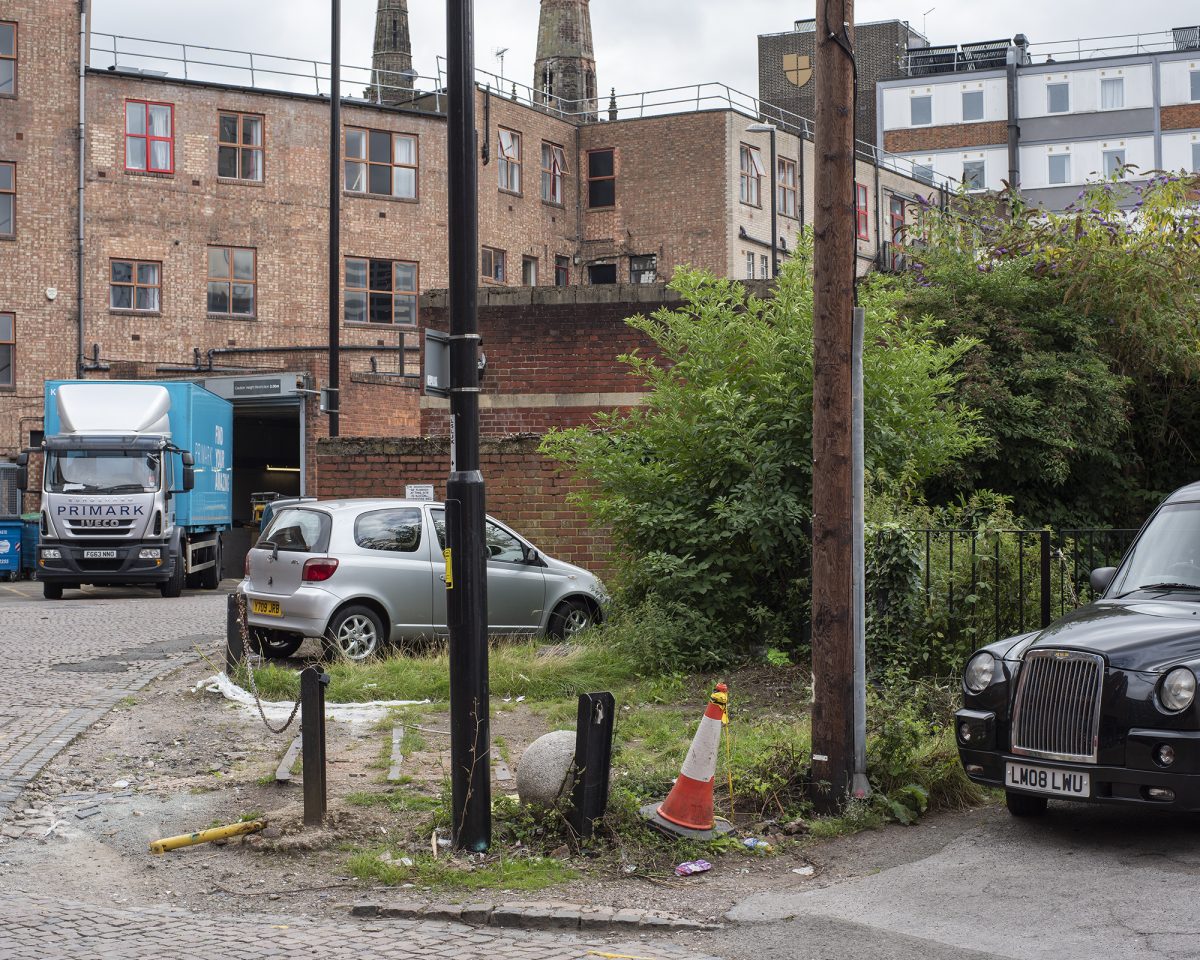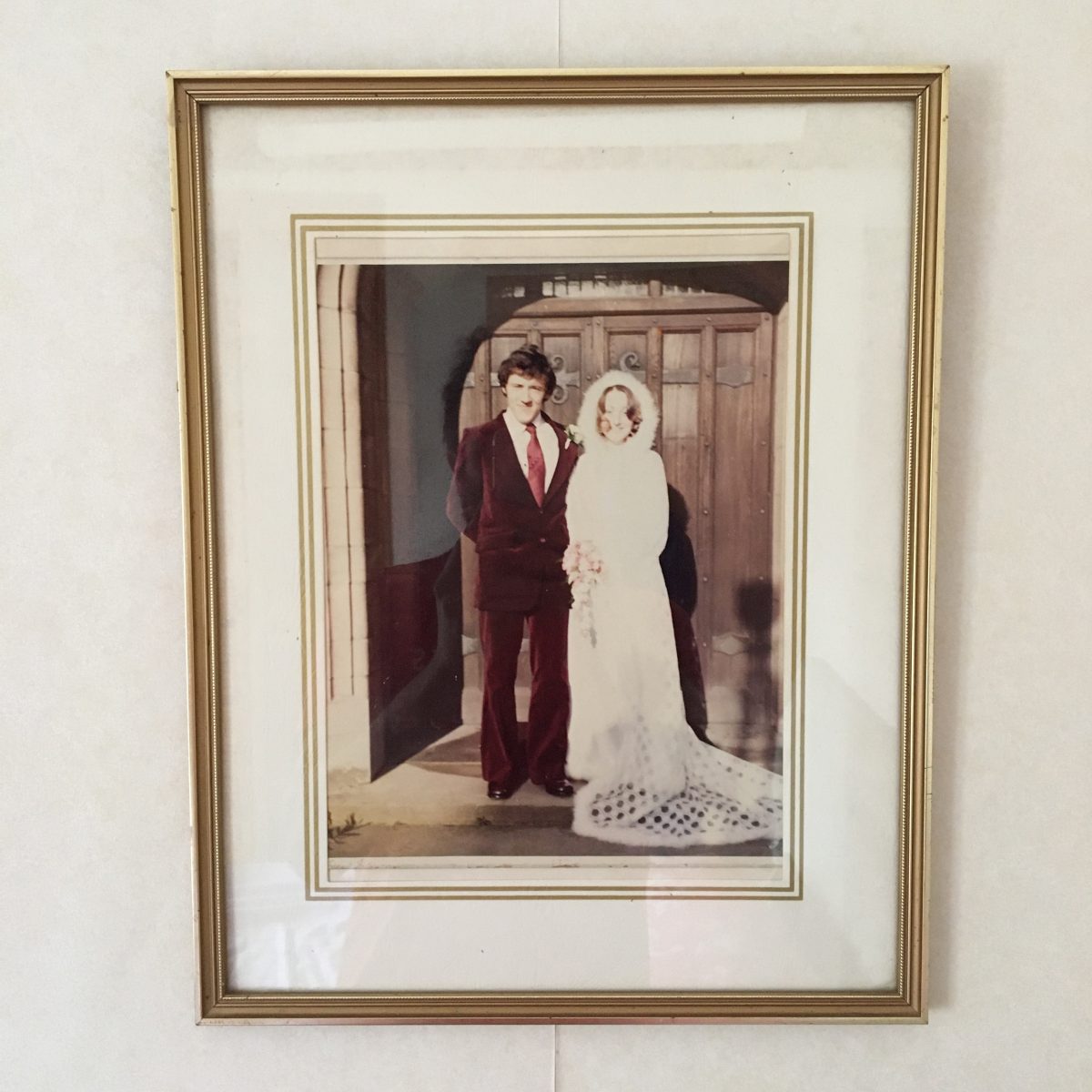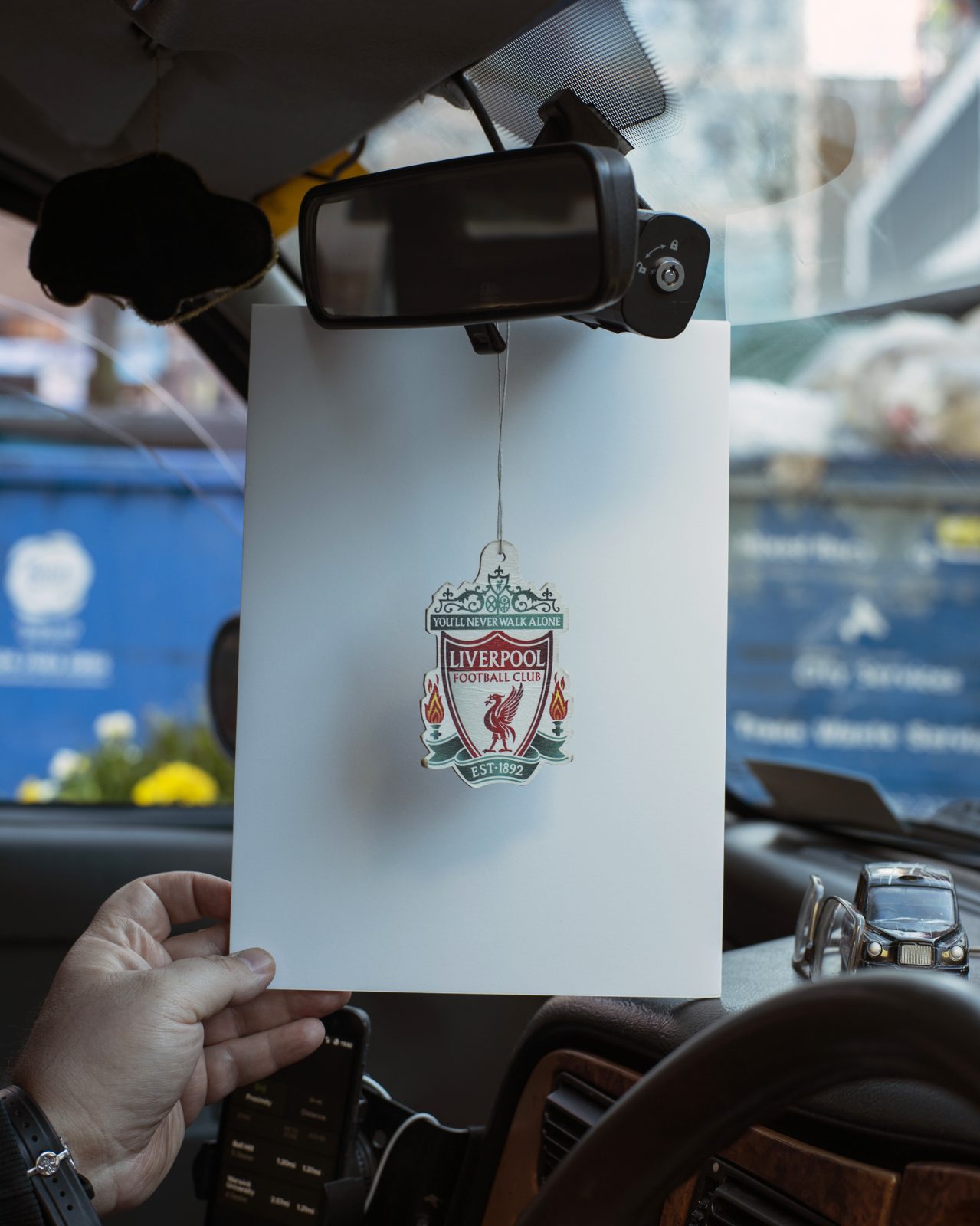From issue: #16 Street
Could you explain your practice and how you work in a few sentences?
I am an artist and curator working with photography. Sometimes I make photographs. I also reappropriate archive material, and facilitate others to have experiences with photography. Project outcomes are often presented as public installations and interventions, with the aim of creating a dialogue between concept, content and place.
Can you tell us about a project that you have worked on as part of Picturing England’s High Streets
I am interested in the transient nature of The Burges [in Coventry]: its function as a pedestrian thoroughfare to the city centre shopping precincts, the multiple bus stops, the takeaway delivery riders and the long-established taxi rank that weaves through Palmer Lane. I have been particularly drawn to the taxi drivers, spending most of my time engaging with them in conversation over many months. These conversations have shaped a series of questions and provocations that have been offered back to the drivers to explore visually. Issuing them with single-use cameras, I have conducted a kind of speed-dating workshop arrangement as the rank files past on a constant loop. I like the idea of delivering and performing the brief workshops in situ, discussing visual language, semiotics, composition and so forth before another fare is picked up. This act, in many ways, is the project.

Why is photography important to tell stories within your practice?
Photography is a highly accessible medium that we all have a relationship with. Most people have daily interactions and experiences with imagery in some form, so I feel it’s the most effective and relatable means of communicating ideas and concepts. When images are placed back into the public realm, they become even more potent and can expand a story of people and place in many different ways, with the opportunity of engaging a much wider audience.
Where do your ideas begin?
I have spent a long time walking around what is a very compact geographical area, speaking with each business owner, considering how the skills of a business can be used to make work, engaging in pub chat, and observing the daily rhythms of the street. From each of these encounters and situations, multiple ideas have emerged. Ideas tend to escalate, and one thing leads to another. I am constantly asking myself questions: what happens if I do this? What might I encounter if I go here, or there? There is always a sense of curiosity present. As a curator, day to day I am faced with (and enjoy) logistical, material and spatial problems to solve, which feeds back into my own practice. Sometimes my ideas begin in reverse. For example, I may find a particular building or shop window of interest, consider what kind of image or images might function in that space and devise a project from there. The ideas net is cast wide and not all ideas get pursued, but a few have been distilled (with guidance from GRAIN Projects into ideas of promise).
What is the importance of the high street to you?
The importance is perhaps based on a romanticised view that the high street is, and remains, the beating heart of a place, where exchanges occur and people meet and gather – often at landmarks and focal points that are generationally passed down. For me, high streets have always been places to explore, to have adventures. They are places to hang out with your mates as teenagers on a Saturday, to develop a first sense of independence, where rites of passage play themselves out. I think the importance is also based on the individual uniqueness of high streets, such as architectural styles and details, the type of regional stone, and the proclamation of a civic pride and identity through space.
What impact do you think the project will have on its participants and audience?
I would like to hope that participants have had a fun and enjoyable experience first and foremost. I hope that participants are able to see themselves, to feel the project is for them, created by them. I hope any prospective audience considers the work sensitive and thoughtful, and thinks that it has integrity and is playful and engaging. My wish is that the impact reaches beyond the workshops and, by seeing and exploring familiar surrounds with a fresh perspective, the project may function as a transferable act outside of The Burges and beyond photography itself.

Tim Mills is one of the Photographers in Residence commissioned as part of Picturing England’s High Streets in partnership with Historic England and Grain Projects, the project partner leading this residency.
Find out more about Tim Mills here.

